Beautiful Aztec Calendar Manuscript
An original ca. 1830 pen and ink drawing, with hand color, of the Veytia Aztec Calendar Wheel. This finely executed manuscript, likely based on the version by Italian traveler Giovanni Frencesco Gemelli Careri, was commissioned by British museologist and collector William Henry Shippard, a friend of George Catlin. It bears a strong resemblance to the version published in 1721 in Gemelli's Voyage Around the World.
Veytia Aztec Calendar Wheel
The Veytia Calendar Wheel is a significant artifact in the study of Mesoamerican cultures, particularly the Aztec civilization. Named after Mariano Veytia, a Mexican historian and antiquarian who had a profound interest in pre-Columbian history, this calendar wheel is crucial for understanding the complex Aztec system of time measurement and their cosmological beliefs. It represents a synthesis of astronomical knowledge, religious symbolism, and societal organization, encapsulating how the Aztecs viewed the cosmos and their place within it. The calendar wheel incorporates the 260-day ritual cycle (Tonalpohualli) and the 365-day solar cycle (Xiuhpohualli), reflecting the intertwining of celestial movements with ritual and agricultural activities. Its intricate design and symbolism provide insights into Aztec gods, cosmology, and rituals, offering a window into how this civilization conceptualized time's cyclical nature and its impact on human affairs.
Shippard and Early Mesoamerican Collectors
While not much is known about William H. Shippard, we know he was a friend of George Catlin, and that he was involved in early London museum exhibitions of Mexican antiquities. In the latter efforts Shippard would seem to coincide with the small group of prominent English collectors interested in Mexican topics active during the 1820s and 1830s, including Lord Kingsborough and the bibliomaniac Sir Thomas Phillipps, among others. Our manuscript sheds light on Shippard's activities in early 19th-century mesoamerican collecting, a story that awaits further historical analysis.
William Henry Shippard's Mexican Paintings
William H. Shippard (1803-1865) was a pioneering 19th-century British museologist - an unsung progenitor of modern-day museum anthropology. While he is chiefly remembered as a friend of George Catlin, Shippard's profound interest in the ancient civilizations of Mexico connects him with a cohort of British contemporaries that include Lord Kingsborough and the showman William Bullock. Shippard's fascination with Mesoamerica propelled him to amass a significant collection of visual material derived from Aztec codices which he copied himself. A figure of some intrigue and scholarly ambition, Shippard endeavored to establish the Museum of Mankind in London, which seems to have evolved from his deep interest in early Mexican cultures. Although the museum did not come to fruition, Shippard's original artwork, mainly pen and ink drawings enriched with vibrant hand coloring, based on Mexican codices held in European libraries and collections, remains a valuable historical source, particularly for understanding the allure of Mexican antiquity within early 19th-century British collecting circles.
Capt. William H. Shippard, a friend of George Catlin and an avid watercolorist and museologist, was also a pioneering British Mesoamericanist. Shippard appears in British newspaper notices from the 1840s as a London-based lecturer who spoke about Native Americans and Mexican antiquities. We know he was a friend of George Catlin, and that he was involved in attempts to organize early London museum exhibitions of Mexican antiquities. In the latter efforts Shippard would seem to coincide with a group of like minded prominent English collectors interested in Mexican topics active during the 1820s and 1830s, including Lord Kingsborough and the bibliomaniac Sir Thomas Phillipps, among others. He seems to have been an armchair anthropologist and would-be museum founder, whose ambitious ideas for a London-based museum never got off the ground - at least not beyond the prospectus-printing stage. Certain aspects of Shippard's career are akin to William Bullock, the showman and connoisseur of Mexican antiquities who actually did travel to Mexico. Bullock published a notable book about his Mexican travels, and achieved a level of recognition in his day as the empresario of London's Egyptian Hall, wherein he thrilled large London audiences with his elaborate exhibitions of exotica, including Mexican items.









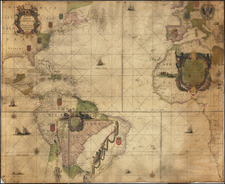
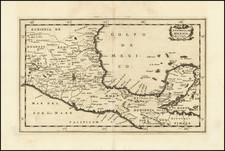
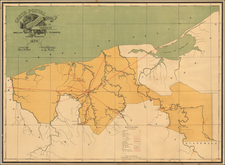
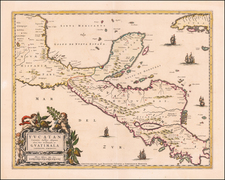
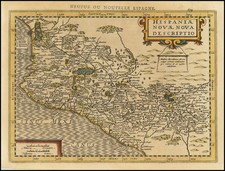
![A Map of British Honduras... [bound in:] Tratado de Limites Entre Los Estados-Unidos Mexicanos y Honduras Britanica Seguido de los principales documentos que a el se refieren. Edicion Oficial.](https://storage.googleapis.com/raremaps/img/small/70984.jpg)